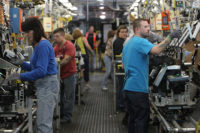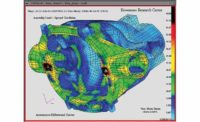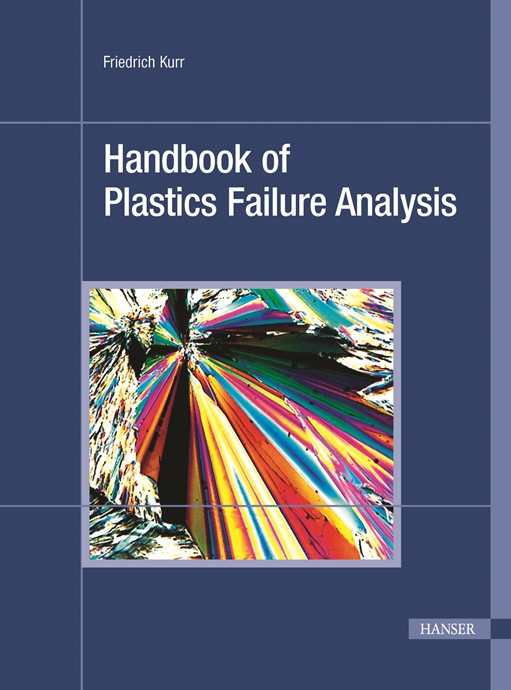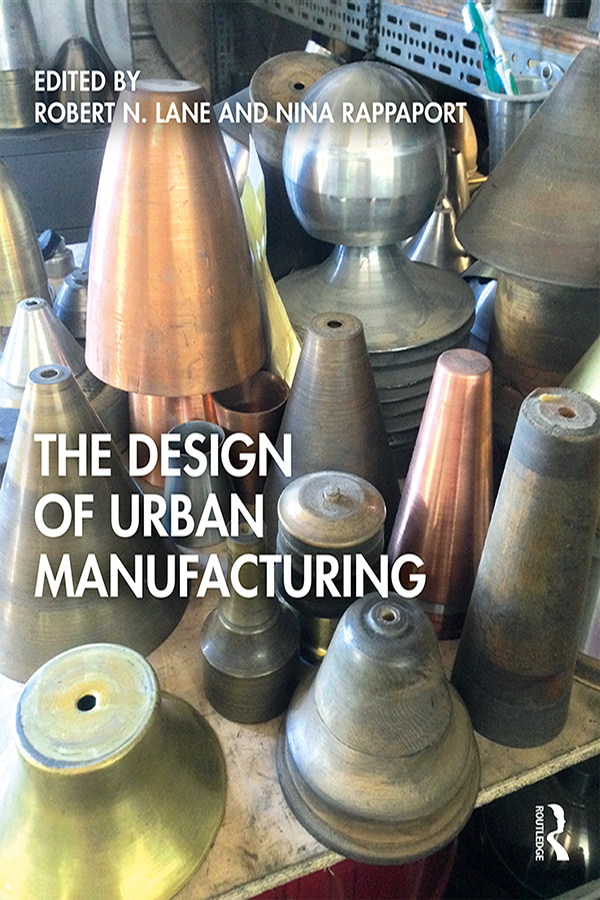As durable as seashells, the self-assembling structures change from blue to fluorescent red and back again under certain conditions. The reusable devices may lower costs by eliminating the need for expensive manufactured devices such as stress detectors, chemical analyzers and thermometers.
NASA is interested in the nano-structures to make a thin film for an inflatable building that would aid in the inhabitation of Mars. The structure's skin would require a thin yet strong membrane with low permeability that could sense mechanical damage from meteorites, sandstorms and other hazards. The material would also be sensitive to chemical changes in the environment or to dangerous increases in temperature.
Another possible use for the nanostructures could be to form nanoscopic "wires" of organic polymers.
The nanostructures are made with a technique that involves linking monomers with polymers in an orderly fashion. The researchers report their findings in the April 19 issue of the journal, Nature.




